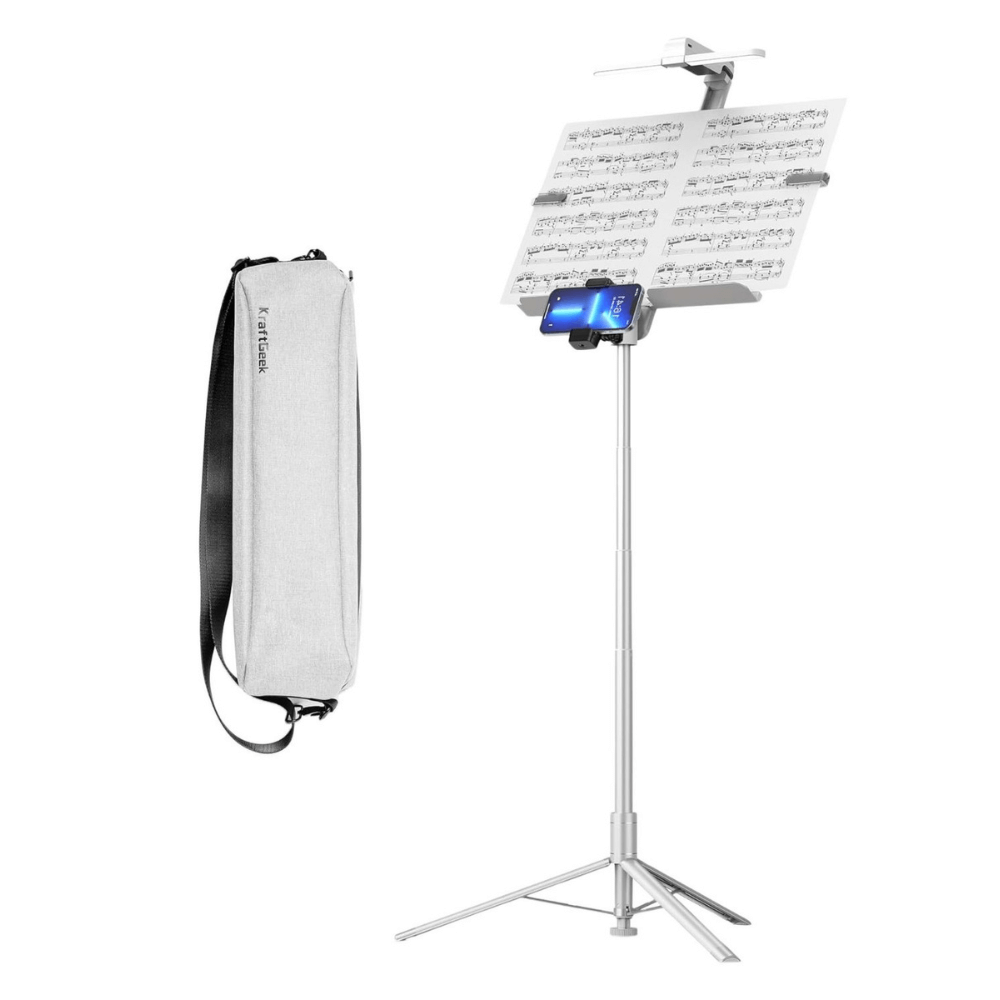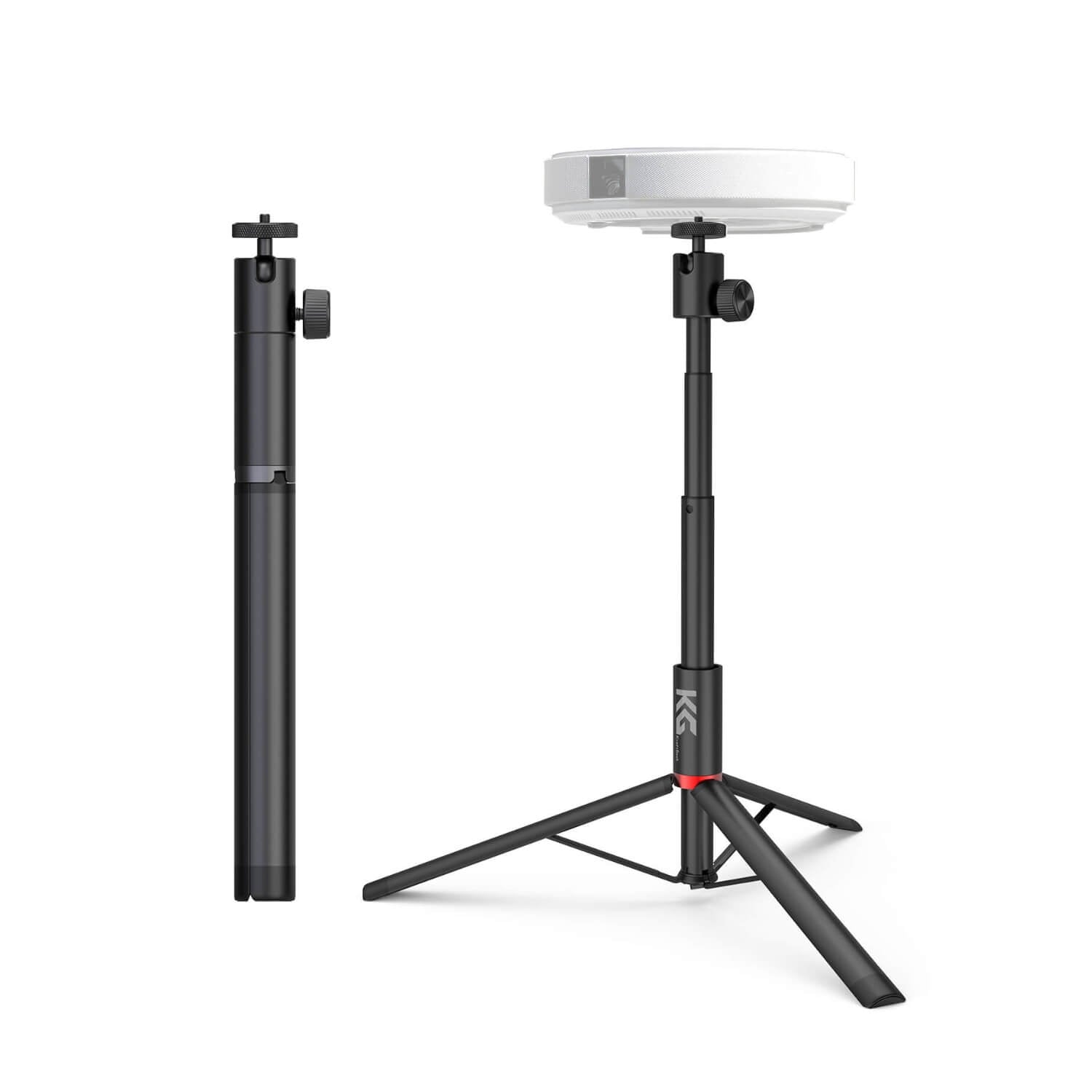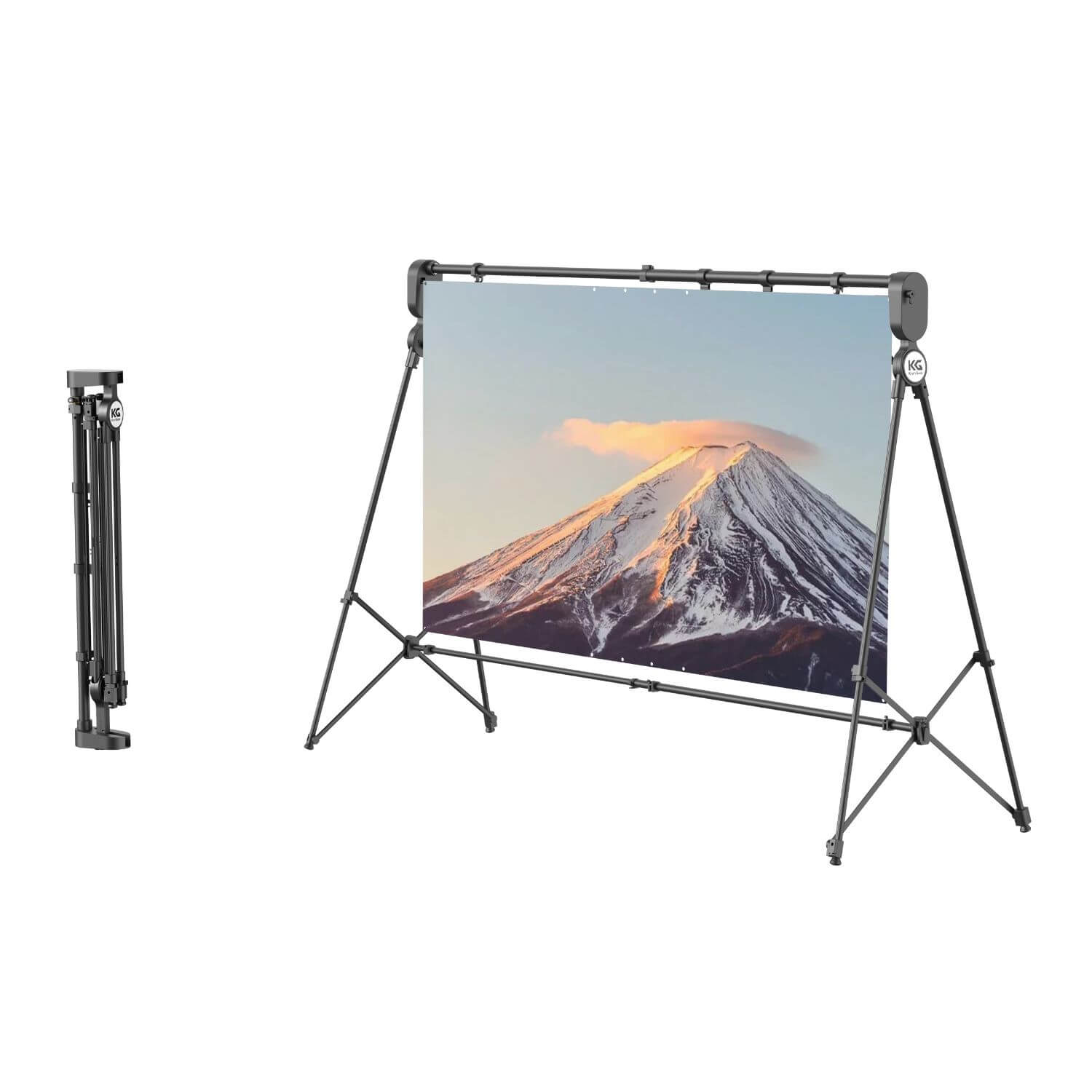Buying a guitar amplifier is a significant investment for any guitarist, whether you're a beginner or a seasoned player. The right amp can elevate your playing, enhance your tone, and even inspire new musical ideas. However, with the variety of options available in the market, choosing the perfect amp can be daunting.
Importance Of A Guitar Amplifier
The importance of a guitar amplifier cannot be overstated, as it affects your tone, dynamics, and how you interact with your instrument. A guitar amplifier significantly shapes the tone of your guitar. While the guitar itself produces the raw sound, the amplifier enhances and colors that sound, adding depth and character.
Different amplifiers have unique tonal qualities – some are known for their warm and creamy overdrive, while others are prized for their crisp and clean sound. The amplifier’s preamp and power amp stages, as well as the speaker configuration, all contribute to the final tone, making it a crucial element in achieving your desired sound.
Types Of Guitar Amplifiers
When it comes to guitar amplifiers, there are four main types to consider: tube amps, solid-state amps, modeling amps, and hybrid amps. Each type has its own unique characteristics and benefits.
Tube Amplifiers
Tube amps are revered for their warm, rich sound. They use vacuum tubes to amplify the signal, providing a natural compression and harmonic distortion that many guitarists love. Tube amps are known for their dynamic response and musicality, making them a favorite among professional musicians. However, they require regular maintenance and are typically more expensive.
Solid-State Amplifiers
Solid-state amps use transistors instead of tubes to amplify the signal. They are known for their reliability, durability, and affordability. Solid-state amps are often lighter and more robust, making them ideal for gigging musicians who need a dependable workhorse. While they may lack the warmth of tube amps, modern solid-state amps have come a long way in replicating that classic sound.
Modeling Amplifiers
Modeling amps use digital technology to emulate the sound of various tube amps and effects. They offer incredible versatility, allowing you to switch between different amp models and tones with ease. Modeling amps are perfect for guitarists who play a wide range of styles and need access to multiple sounds without hauling around a bunch of gear. They are also great for home recording and practice due to their built-in effects and software integration.
Hybrid Amplifiers
Hybrid amps combine the best of both worlds by incorporating a tube preamp section with a solid-state power amp. This design aims to deliver the warmth and responsiveness of a tube amp with the reliability and cost-effectiveness of a solid-state amp. Hybrid amps are a great option for players looking for a balance between tone and practicality.
RELATED: How To Choose The Right Guitar For Small Hands
Power Requirements and Wattage
One of the most important factors to consider when buying an amplifier is its power output, measured in watts. The right wattage depends on where and how you plan to use the amp.
Practice Amps
For home practice, a lower wattage amp (around 5 to 20 watts) is usually sufficient. These amps are compact and designed to deliver good tone at lower volumes, making them ideal for bedroom practice without disturbing the neighbors.
Gigging Amps
If you're playing small to medium-sized venues, an amp with 20 to 50 watts should be adequate. These amps provide enough power to cut through the mix while still being manageable in terms of size and weight.
Large Venue and Outdoor Gigs
For larger venues or outdoor performances, you might need an amp with 50 watts or more. High-wattage amps offer more headroom, allowing you to maintain clean tones at higher volumes. They also provide the power needed to project your sound over long distances.
RELATED: A Beginner's Guide To Guitar Pedals
Key Features To Look For In A Guitar Amp
When shopping for a guitar amplifier, there are several key features to consider that can enhance your playing experience and help you achieve your desired sound.
Channels and Modes
Many amps come with multiple channels, allowing you to switch between clean and overdriven tones. Some models also offer different modes within each channel, providing even more tonal options. This versatility is particularly useful for players who need a wide range of sounds for different songs or styles.
Built-in Effects
Some amplifiers come with built-in effects such as reverb, delay, chorus, and more. These can be a great addition to your sound and save you from having to buy separate pedals. However, it's important to evaluate the quality of these effects, as built-in options can sometimes be limited compared to dedicated pedals.
EQ Controls
The ability to shape your tone with EQ controls (bass, mid, treble) is crucial. Some amps also offer additional controls like presence and resonance, which can further refine your sound. A versatile EQ section allows you to tailor your tone to match your guitar, playing style, and musical genre.
Connectivity Options
Modern amplifiers often come with various connectivity options, including USB ports for recording, headphone jacks for silent practice, and auxiliary inputs for playing along with backing tracks. These features can greatly enhance the functionality of your amp, especially for home recording and practice.
Speaker Configuration
The size and type of speakers in your amp can have a significant impact on your sound. Common configurations include single 8", 10", or 12" speakers, or multiple speaker setups like 2x12" or 4x12". Larger speakers typically produce more bass and volume, while smaller speakers offer a tighter, more focused sound.
RELATED: How To Use Your Guitar As A MIDI Controller
Considerations Based on Music Style
The type of music you play should heavily influence your choice of amplifier. Different genres have distinct tonal characteristics that certain amps are better suited to deliver.
Rock and Metal
For rock and metal, you'll want an amp that can deliver high gain and tight, punchy tones. Tube amps with a strong midrange response are often preferred, as they provide the aggression and clarity needed for distorted guitar sounds. Amps like the Marshall JCM800 or the Mesa/Boogie Dual Rectifier are iconic choices for these genres.
Blues and Jazz
Blues and jazz players typically favor amps with warm, clean tones and smooth overdrive. Fender tube amps, such as the Twin Reverb or the Blues Junior, are renowned for their rich, clean sound and musical overdrive, making them perfect for these styles.
Country and Folk
Country and folk guitarists often look for amps that can deliver bright, twangy clean tones with a touch of reverb. Amps like the Fender Deluxe Reverb or the Vox AC15 are excellent choices, providing the clarity and definition needed for fingerpicking and strumming.
Alternative and Indie
Alternative and indie musicians usually require versatility, as these genres often blend various styles and sounds. Modeling amps like the Line 6 Helix or hybrid amps like the Vox Valvetronix series offer a wide range of tones and effects, making them ideal for players who need to cover a lot of sonic ground.
RELATED: How To Properly Use And Choose Guitar Picks
Product Recommendations
Conclusion
Choosing the right guitar amplifier is an essential step in shaping your musical identity. By understanding the different types of amps, considering your power needs, evaluating key features, and matching the amp to your musical style, you can find the perfect amp that enhances your playing and inspires you to create.










